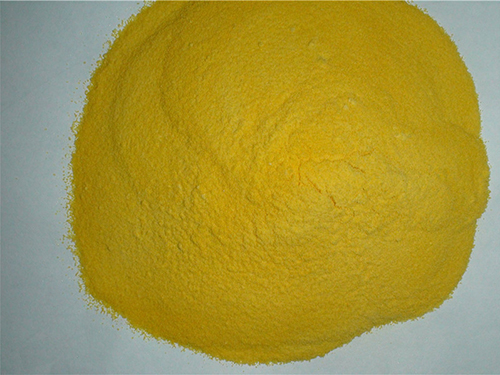Exploring Various Types of Flocculants and Their Applications in Water Treatment
Understanding Flocculant Types A Comprehensive Overview
Flocculants play a critical role in various industrial processes, particularly in water treatment, mining, and waste management. Their primary function is to aggregate suspended particles in liquid, facilitating sedimentation, and ultimately clarifying the fluid. Understanding the different types of flocculants and their applications is crucial for optimizing processes and achieving environmental compliance.
Types of Flocculants
1. Synthetic Flocculants Synthetic flocculants are widely used due to their effectiveness and versatility. They are typically made from polymers, which can be cationic, anionic, or nonionic.
- Cationic Flocculants These are positively charged polymers that are effective in neutralizing negatively charged particles. They are particularly useful in applications such as wastewater treatment and paper manufacturing, where they help to bind fine particles and organic matter, promoting quick sedimentation.
- Anionic Flocculants These negatively charged polymers are effective in aggregating positively charged impurities and are often used in mineral processing and municipal wastewater treatments. Anionic flocculants are favored for their ability to handle high concentrations of suspended solids.
- Nonionic Flocculants These are neutral in charge and are typically employed in applications where pH levels fluctuate. Their gentle nature makes them suitable for sensitive processes, including clarification in the food and beverage industry.
2. Natural Flocculants Natural flocculants are derived from organic materials and are considered environmentally friendly alternatives to synthetic options. They are often composed of polysaccharides, proteins, or other natural polymers.
- Starch-Based Flocculants Starch can be modified chemically or physically to enhance its flocculating properties. It is commonly used in applications such as wastewater treatment and as a binder in various manufacturing processes.
- Algal Flocculants Some algae produce natural flocculating agents that can effectively clarify water and remove impurities. These agents are particularly advantageous in aquaculture and wastewater treatment as they minimize chemical use and align with sustainable practices.
flocculant types

- Cellulose-Based Flocculants Derived from plant materials, cellulose flocculants are biodegradable and effective for various applications, including food processing and paper production. Their natural origin makes them appealing for businesses focused on reducing their environmental footprint.
3. Bioflocculants Bioflocculants are produced by microorganisms and are garnering attention as a sustainable alternative to conventional flocculants. These biopolymers can effectively flocculate suspended solids and have applications in wastewater treatment, mining, and soil remediation.
- Bacterial Bioflocculants Certain bacteria can produce bioflocculant substances that promote the aggregation of suspended particles. These bioflocculants are often biodegradable and non-toxic, making them suitable for various environmental applications.
- Fungal Bioflocculants Fungi can also synthesize natural flocculants through their metabolic processes. These bioflocculants are of particular interest for their potential in wastewater treatment and bioremediation due to their ability to degrade organic pollutants.
Applications of Flocculants
The application of flocculants spans various industries, each requiring specific types for optimal results. In municipal water treatment, flocculants are crucial for removing impurities and pathogens, ensuring clean drinking water. In the mining sector, they are used to separate valuable minerals from ore, enhancing the efficiency of extraction processes.
In agriculture, flocculants can improve soil structure and enhance water retention, promoting crop growth. Additionally, in the food and beverage industry, they assist in clarifying beverages and ensuring product quality.
Conclusion
The choice of flocculant type depends on the specific requirements of the application, including the nature of the suspended particles, environmental regulations, and operational costs. As industries increasingly prioritize sustainability, the demand for natural and bioflocculants is rising. Understanding the nuances of each flocculant type allows businesses to make informed decisions, improve processes, and contribute to environmental sustainability. As technology continues to evolve, it will be exciting to see how new formulations and applications of flocculants shape our industrial landscape.
-
The Power of Isothiazolinones in Modern ApplicationsNewsMay.08,2025
-
Flocculants in Water TreatmentNewsMay.08,2025
-
Flocculants and Chemical Solutions: What You Need to KnowNewsMay.08,2025
-
Flocculants and Chemical Solutions: A Growing IndustryNewsMay.08,2025
-
Essential Chemicals: Polymaleic Anhydride and MoreNewsMay.08,2025
-
Acrylic Polymers: Essential Solutions for IndustryNewsMay.08,2025





